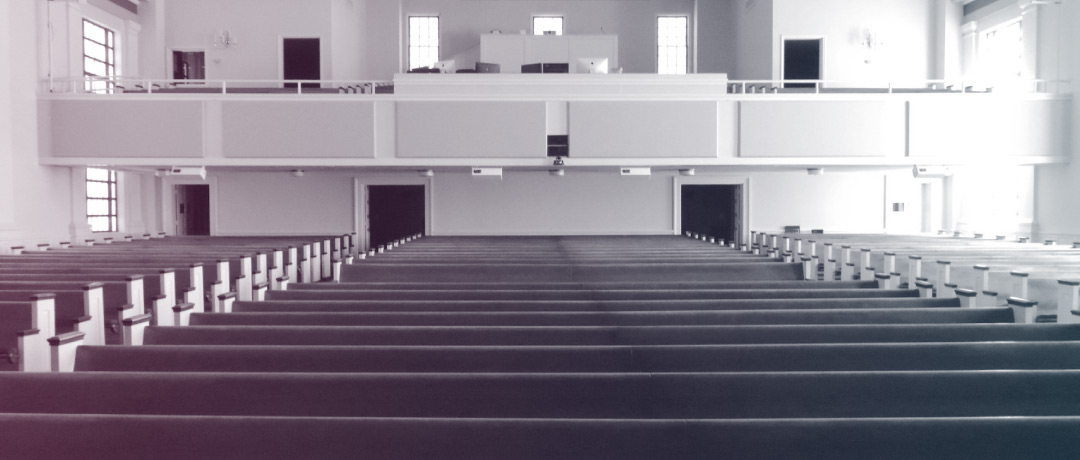Blog | Why More Churches Are Embracing Natural Light in Worship Spaces

Why More Churches Are Embracing Natural Light in Worship Spaces
For years now, the modern worship environment has been defined by dark rooms, blacked-out ceilings, moving lights, and LED walls. While production-heavy settings bring exciting energy and creative freedom, a quiet shift is happening in many churches: a return to natural light.
From floor-to-ceiling windows to strategically placed skylights and open-air spaces, churches are rediscovering the beauty and impact of natural light in worship—and it’s not just about aesthetics. It’s about atmosphere, theology, and practicality.
Here’s why your church should consider moving in that direction.
1. Natural Light Reflects the Beauty of God’s Creation
Light was the first thing God spoke into being (Genesis 1:3). When worship spaces invite natural light in, they connect us more tangibly to creation itself. It reminds us that our God is not confined to dark boxes or smoke machines—He made the sun, the sky, and the rhythm of day and night.
Letting natural light into your space visually reinforces the idea that worship is not a performance—it’s communion with the Creator.
2. It Creates a Welcoming and Peaceful Atmosphere
Many unchurched or newer visitors can feel uneasy in pitch-black worship centers. Walking into a space full of fog and flashing lights might feel more like a concert than a sacred space.
Natural light communicates something softer: warmth, openness, invitation. It puts people at ease, fosters reflection, and helps remove the barrier of “spectator worship.” You’re not watching something happen—you’re in it with everyone else.
3. It Enhances Multi-Generational Engagement
Some older members—and even some younger ones—struggle in ultra-dark worship settings. Whether due to vision issues, anxiety, or discomfort with loud environments, it’s not uncommon for people to disengage entirely.
Natural light brings visibility and clarity. It makes people feel safe and seen. It also encourages intergenerational connection—because you can actually see the faces of those worshiping around you.
4. It’s Cost-Effective and Sustainable
Production lighting can be expensive—both in up-front cost and long-term maintenance. Utilizing sunlight doesn’t just create a beautiful space; it reduces energy costs and aligns with many churches’ growing desire to be environmentally conscious and good stewards of resources.
Bonus: no bulb replacements or programming required.
5. It Matches the Shift Toward Simplicity and Authenticity
Today’s culture—especially younger generations—are craving realness in the church. Slick stage shows and laser lights may still have their place, but many people are drawn to spaces that feel simple, honest, and anchored in something timeless.
Natural light plays a big role in that. It says, “We’re not here to wow you; we’re here to worship Jesus.” And that’s more powerful than any lighting cue.
6. It Encourages a Healthier Rhythm of Presence
Many churches that design their spaces around natural light often notice something interesting: people stay longer. They linger after service. They talk in the light-drenched atriums. They sit quietly and pray. That’s because natural light draws people into presence, not performance. It slows us down and reminds us that God is here, in the light of day, just as He is on the mountaintop or behind the curtain.
What If Your Building Doesn’t Have Windows?
Even if your worship space is already built and lacks windows, there are still small ways to incorporate this philosophy:
- Use lighter color palettes and wood tones to reflect light.
- Open up lobbies or gathering areas with windows and seating.
- Schedule outdoor worship services during warmer months.
- Turn off production lighting during parts of worship to shift the mood.
- Install architectural lighting that mimics natural warmth instead of cold spotlighting.
Final Thoughts
This isn’t about replacing creativity or production—it’s about rebalancing. It’s about designing spaces that feel sacred, not staged. It’s about aligning our environments with the God who created the heavens, the earth, and the light we walk in each day.
As more churches return to a theology of space and presence, natural light is becoming more than a trend—it’s a quiet revival. One beam of sunlight at a time.

About the Author
Josh Tarp is a multi-instrumentalist, singer-songwriter, and worship leader from Minneapolis with over 15 years of experience in church & worship leadership. Josh serves as the Director of Marketing at Motion Worship, helping to write various blog posts, managing social media, designing graphics, and handling customer service.
